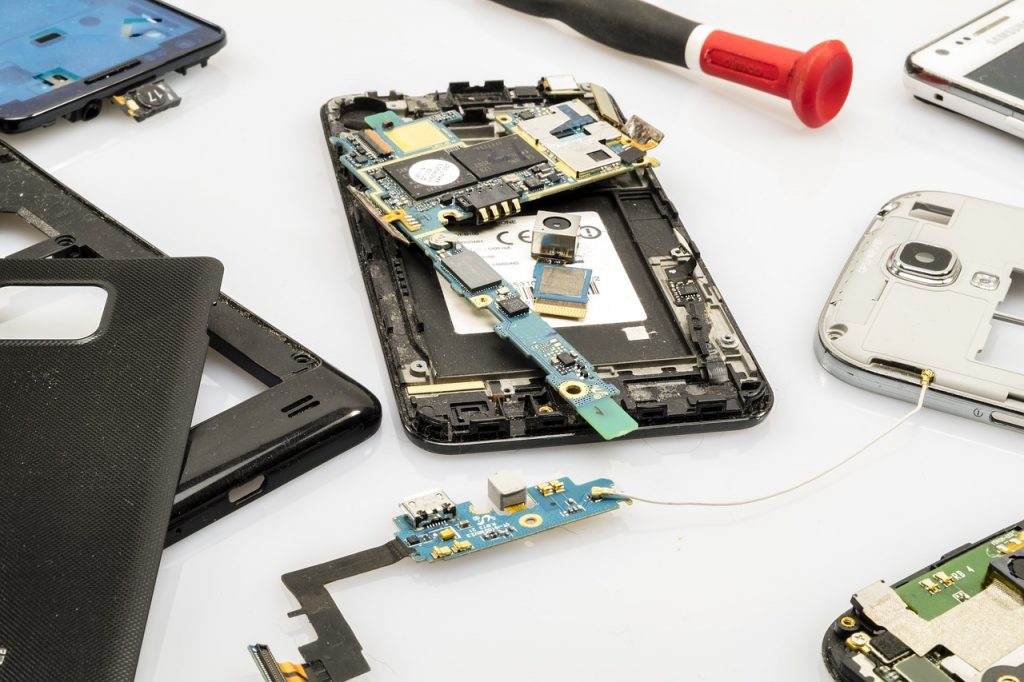What Is Right To Repair And Why It’s Important
Discover the nuances behind the meaning of the right to repair law and learn why it is so crucially important.
This article is more than 2 years old

The concept of having the right to repair something is inherently simple. It means that if you purchase something, you then gain the right to fix it yourself or seek a third party to do it should you so choose. The right to repair means that as the owner of something you are in no way under any obligation to have it fixed by that item’s manufacturer. The thing is, as time has gone on and technologies have progressed the waters around having the right to repair something have gotten quite murky.
A good example of how can be illustrated with a new car. When you open up a hood of a new car you’ll likely find that a good portion of the inner workings under the hood are covered. You’ll then likely find that you need a special proprietary tool to remove that cover, essentially shielding you from the ability to attempt to repair your car yourself and forcing you to instead take it to the manufacturer. This was not the case years ago.
The car example isn’t the only example where a person’s right to repair their items has been hampered. The same can be said of many tech companies. For instance, Apple has received a lot of criticism over the ways in which it has prevented its users from repairing their own devices in the past. That is only now beginning to change. However, these two examples serve to highlight the fundamental importance of having the right to repair what you own without it being purposely hindered in any way.
Thankfully, the government has started to take notice of the ways companies try to thwart a person’s right to repair what they own. Last July, the Biden Administration issued an executive order that served to help ensure that the Federal Trade Commission is doing all it can to make access to DIY and third-party repairs when it comes to technology easier. It also employs the agency to crack down harder on businesses resisting these new measures.
Echoing the Federal Government, New York has now passed its own right to repair law, reported Engadget. Its called the Digital Fair Repair Act and its purpose is to guarantee that all manufacturers “make diagnostic and repair information for digital electronic parts and equipment available to independent repair providers and consumers if such parts and repair information are also available to OEM authorized repair providers.” Essentially, tech behemoths like Apple and Samsung can no longer keep information about how to repair their products under lock and key. Both California and Massachusetts have similar bills in the works.
Both the Federal Government’s executive order and New York’s Digital Fair Repair Act are indicative of a big leap forward in the fight to preserve a person’s right to repair. However, there is still a long way to go. While the tech industry is certainly one of the biggest right to repair offenders, the offense is not exclusive to that industry. Still, any forward momentum is encouraging and serves as a sign that measurable progress is being made.







